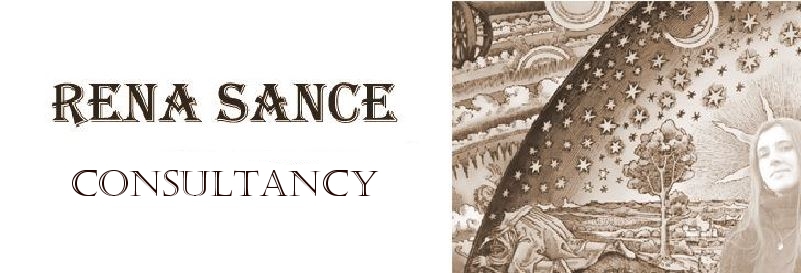It is more like a cosmic orchestra, where each instrument is a sphere or a vortex, known as chakra.
It is a symphony asking you to pick up the baton and conduct.
When the flute plays off key, or the drum bangs too loudly, the music is off-beat and in disonance / diharmony.
The orchestra itself is not broken, it needs tuning.
Our bodies are not designed to be or get sick, our lives are not here to be in a state of conflict, opression, supression, threat or danger. When one or more instruments are not playing in harmony within our system - we and our lives are off-balance.
The Cosmic Orchestra
Root Chakra / Saturn / Brown-Red / Earth element / Do : bass and/or drum player
It is grounding sound, bringing a sense of safety, solidity and stability.
If we worry too much about our survival, it gets sort-of muddy.
Sacral Chakra / Jupiter / Orange-Violet / Water elelement / Re : saxophone
It is an expansive and creative energy.
Guilt and shame make it squeak.
Solar Plexus Chakra / Mars / Yellow-Red / Fire elelemtn / Me : trumpet
It is a self-empowering energy, shining outward with courage and confidence in the body.
Hide your power, and the trumpet hides too. Digestive issues? That’s the trumpet sulking. Shine anyway.
Heart Chakra / Venus / Earth / Different Shades of Green and Blue / Air elelemnt / Fa : violin /guitar
All-encompassin love, care, respect. Cooperation.
Guard yourself too much, and it goes silent. Open it by loving something: anything, daily. Love is not picky.
Throat Chakra / Mercury/Venus / Blue-Rainbow / All elements / Sol : flute
Self-expression and truth on the mind level.
Swallow your truth, and the flute cracks. Keep it open by humming, singing, and speaking with care.
Third Eye Chakra/ Moon/ Mercury/ Indygo-Navy Blue-Silver/ Plasma elelement / La : piano / the harp
Intuitive faculties, sixth sense, vision, imagination.
Ignore your intuition, and the piano goes out of tune. Trust the nudges, watch the synchronicities.
Crown Chakra / Sun / Golden-Sparkling White/ Spiritual element / Si : choir
Humleness and surrender to the spiritual realm. Enlightement. Awakaning. Bliss.
Try to control everything, and the choir walks out. Keep it open by surrendering to something bigger.
***
Breathing through the spheres
Imagine each one as a beautiful glowing, sparkiling sphere in motion, a torus.
Inhale harmony into it, exhale disharmony out of it. See the colors, feel it spinning in coherence, more and more.
When the energy flows, the orchestra plays in perfect harmony, and your health accelerates like a tune finally sounding right.
Tune the instruments, breathe them alive, and dance/create with the music of your own Energy (Body-Soul-Mind-Spirit).
More on Transformative Astrology e-course


